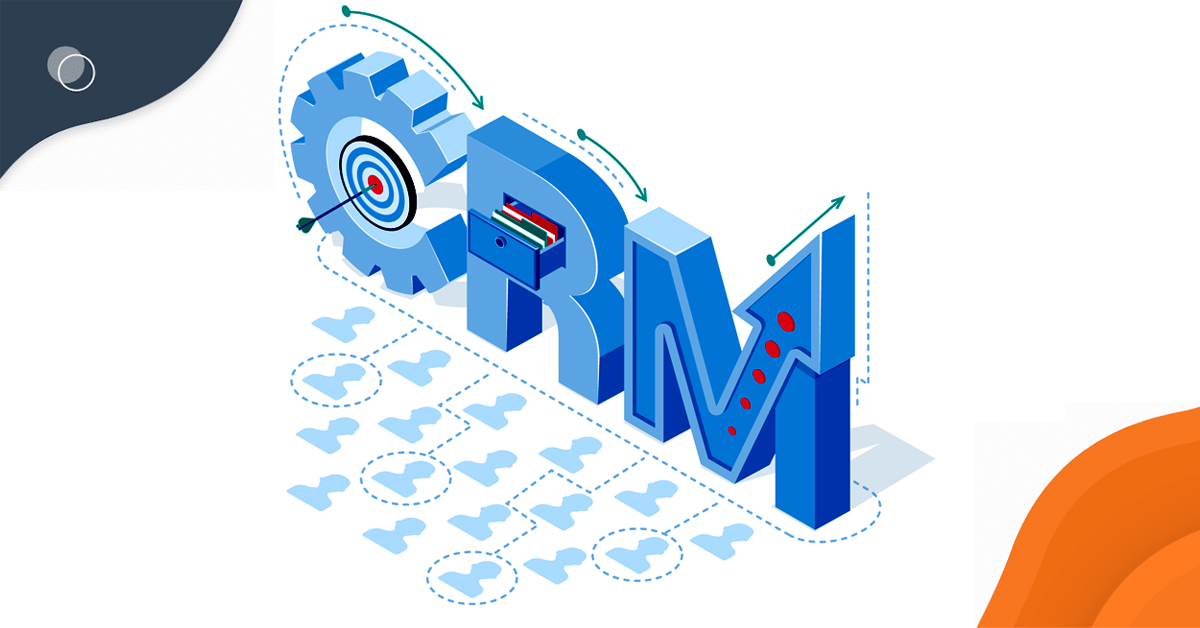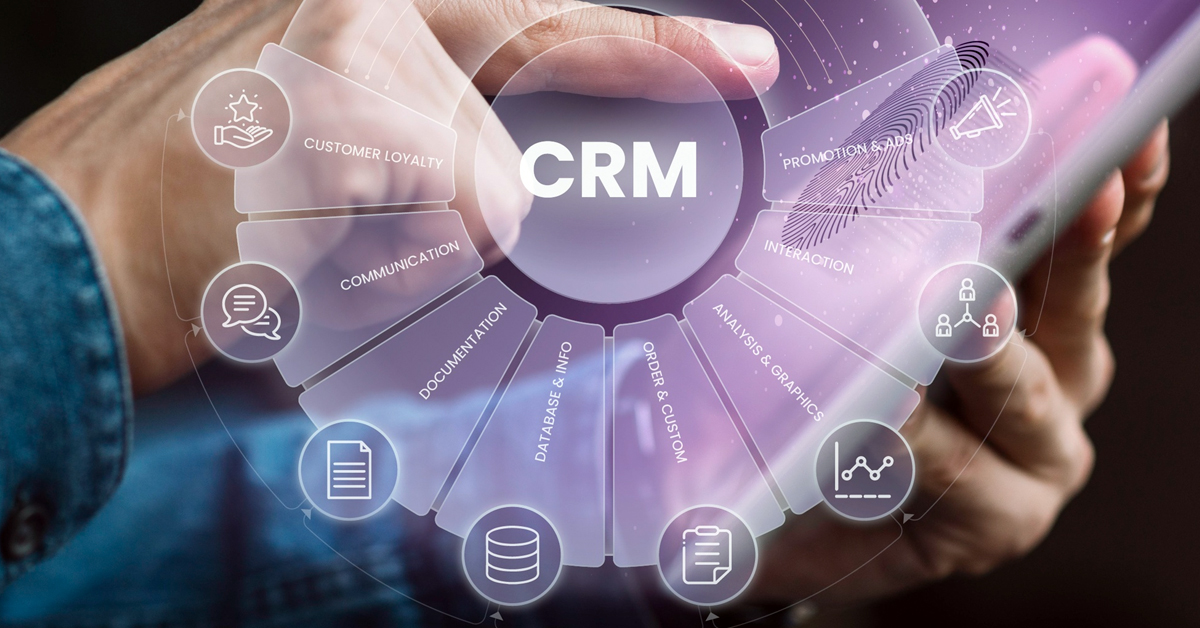-
MarTech Services
- HubSpot
- OneSignal
HubSpot
Technical Consulting
Partner with experts who understand your HubSpot systems and business needs inside out.
Revenue Operations
Drive revenue growth with tailored RevOps strategies designed for HubSpot users.
Hubspot Integration Services
Seamlessly integrate HubSpot with your existing tools to enhance operational efficiency.
Sales Enablement
Boost your sales team’s efficiency with focused HubSpot Sales Enablement solutions.
CRM Data Migration
Effortlessly migrate your CRM data to HubSpot with precision and support.
Hubspot Onboarding
Efficiently onboard clients to HubSpot, ensuring a smooth transition and rapid platform adoption.
HubSpot Administration
Maximize your HubSpot investment with expert management and optimisation tailored for HubSpot clients.
Marketing Assets Development
Develop, deploy, and manage digital assets, ensuring a fresh and engaging presence.
-
Solutions
-
Website Services
Website Development
We bring together expertise, creativity, and measurable results, making us the go-to choice for HubSpot website creation.
Website Migration
Our approach to website migration goes beyond a technical transfer; we prioritize a user-centric experience.
Website Maintenance
Optimize your online presence with effective, growth-driven websites focusing on nurturing website visitors, creating and deploying content, and tracking progress with precision.
Website Audit
Is your website performing at its peak? Our CMS Consultants are here to help you find out with our comprehensive Website Audit service.
-
Resources
-
Company
Clients
We have worked with clients from various industries across the globe, making our journey diverse and exciting.
Team
We put decades of experience where our mouth is. So what you get is market-tested and tried, not theory. We believe in plain speak, which we believe works better than jargon.
Solutions Partner
BlueOshan is not just a partner; we are among the most experienced and adept in the HubSpot ecosystem.
- Contact Us
Why viral marketing campaigns are a bad idea

Venu Gopal Nair
April 19, 2021

You attract the wrong audience
Why would any marketing manager not want a product campaign to go viral? There’s a lesson from the early days of ecommerce. At that time, most people browsed the site with no intention of buying. They clicked into product descriptions, spent lots of time on the site but ultimately did not end up buying anything.
Bandwidth was precious and so was server space. It was the equivalent of having more window shoppers in a store than actual customers. They were taking up the attention of sales people and crowding the store but the end result was that the sales graph was not creeping up even while the store seemed to be filled with people.
That’s exactly what happens to brands when a campaign goes viral. People who have no interest or the money to buy end up contributing to traffic data but cannot be converted because they are not the segment being targeted or the ones who actually need the product.
What’s the company’s capacity for response?
Viral campaigns suddenly increase the numbers of people visiting a site. This happens when sites like Facebook, Hacker News and Reddit can drive a lot of traffic in a short while when a post or a campaign goes viral. In most cases, the site receiving the traffic crashes or becomes unavailable.
It’s the equivalent of having 10,000 people visit a store that can handle about 100 people at a time. Net result? Internal resources are not able to pay attention to real customers because they cannot spend enough time to assess customer potential. And customers form the impression that the company’s employees are inefficient and unhelpful.
 In the earlier case of ecommerce companies, they had a definite point to work on – when customers added products to shopping carts. When that happened, they were strongly signaling their intent to buy. The companies used this to prioritize traffic for additions to the cart. There was no reason to give people merely looking around the same attention, and this paid off wonderfully well.
In the earlier case of ecommerce companies, they had a definite point to work on – when customers added products to shopping carts. When that happened, they were strongly signaling their intent to buy. The companies used this to prioritize traffic for additions to the cart. There was no reason to give people merely looking around the same attention, and this paid off wonderfully well.
HubSpot helps you service real customers
The size of your prospect base is important but the crucial difference is response management. Don’t keep customers waiting and give them what they want in the shortest possible time. Determine what customers want from you and prepare to respond faster than they expected.
When customers ask questions that need answers or more information, getting back to them immediately builds the base for future relationships. If you receive a few queries a day, they can be answered by humans. But as the numbers increase, it becomes impossible to respond quickly enough.
HubSpot can help identify the kind of questions customers ask and responses can be automated with personalisation. If customers respond, the sales person in charge can be notified to take discussions further. In most cases, product brochures, specifications or a clarification about a product feature are what customers are most likely to need – and both brochures and commonly asked questions can be answered immediately.
Continuously improve response management
On days when traffic spikes, determine how many customers were served, not just sales completed. Here’s a simple example for you to consider. If 1000 calls came in during the day, evaluate the following
- How many were answered immediately within the first hour
- How many customers had to wait for over 24 hours for sales people to get back to them
- How many had not been responded to even in 48 hours after the calls were made
- What were the questions customers asked?
- How long did it take to get back to them with answers?
- How many calls went unanswered even after 72 hours?
Do you notice how the focus now shifts away from the sales generated to what slipped between expectations and reality? Response management is about meeting customer expectations and continuously improving on them, not about the people already reached.
70-80% of the responses required are repetitive. Identifying them and acting to automate them pays off for companies as customer satisfaction scores rise. From there, it’s a much shorter hop to conversion and sales.
The way to do this is to use a judicious mix of human resources and automation. HubSpot can help you track the flow of customers during the journey and pinpoint the stages at which interventions are necessary.
Use marketing automation and skilful personalisation to take response management to the next level. It requires a careful study of the means and strategies used for lead generation and management.
Once a lead enters the system, every effort should be made to take it forward to the best possible conclusion. Even if 10-20% convert, the rest should carry the experience of having dealt with a highly responsive and customer friendly company.
That’s what HubSpot CRM enables by tracking customer journeys right through the system. The links need to be created, of course, because each company has its own set of processes. Once it is set up and running, the efficiency of the marketing and sales teams will improve substantially because they will have more time for customer interaction as opposed to routine correspondence.
Talk to our consultants on how a HubSpot implementation gears up your company to compete at a whole new level.

Venu Gopal Nair
Advertising and Branding Specialist, CEO - Ideascape Communications, A professional journey through the tumultuous years of advertising and communication, starting in 1984. Started out in the age of print, saw the changes with the entry of satellite TV and the momentous transition to digital. Advertising and branding today is vastly different from its practices in the 20th century and the last two decades have seen dramatic changes with smartphone domination. As a Creative Director turned CEO, making the transition personally and professionally has been a tremendous experience.
Related Articles

December 1, 2021

July 14, 2021
